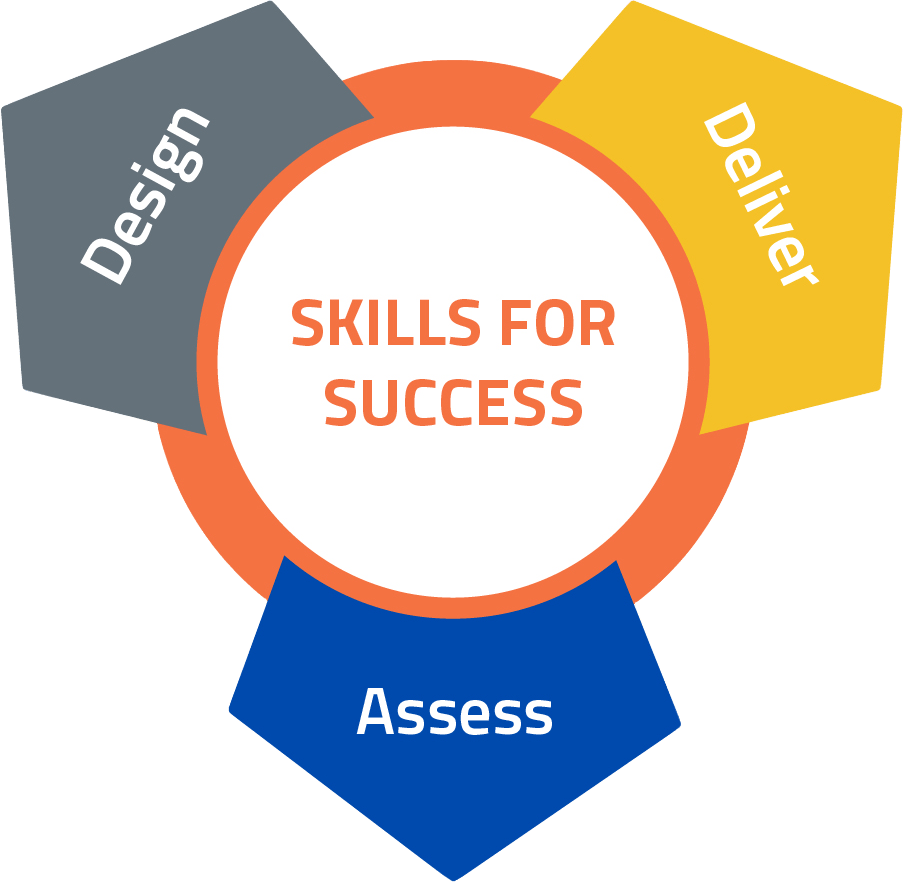Critical incident method involves analyzing specific situations to determine which communicative actions or behaviors would lead to the best possible outcome of a given situation.
- More resources coming soon! Please send your resources to esprof@skillplan.ca
